Search Images
Browse Content (p. 1481)
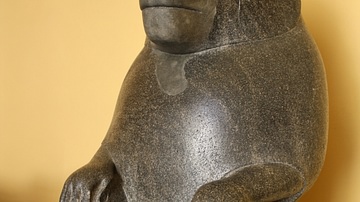
Image
Monkey Statue, Egypt
A statue of a monkey, Egypt, 30th Dynasty, 359-341 BCE. From the temple of Isis in the Campus Martius, Rome. (Capitoline Museums, Rome)
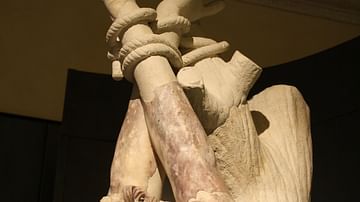
Image
Marsyas
A marble statue of Marsyas, he who, in Greek mythology, challenged Apollo to a music contest and was flayed alive for his audacity. Found in Rome, early Roman imperial age copy of a 2nd century BCE Greek original. (Capitoline Museums, Rome)
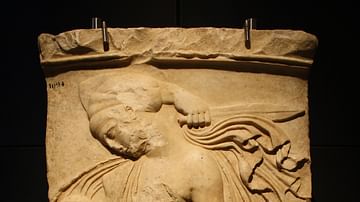
Image
Maenad Relief, Capitoline Museums
A Pentelic marble relief depicting a dancing Maenad. From a circular monument, Roman copy of a 5th century BCE Greek original by Kallimachos. (Capitoline Musuems, Rome)
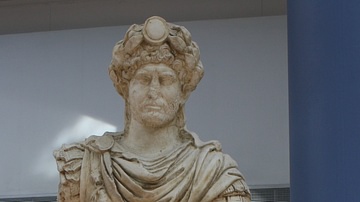
Image
Hadrian in Military Armour
A chalk copy of a marble original statue depicting Hadrian (r. 117-138 CE) in military armour and laurel wreath of victory. He stands with his foot on a defeated enemy, probably a Parthian. (Capitoline Museums, Rome)
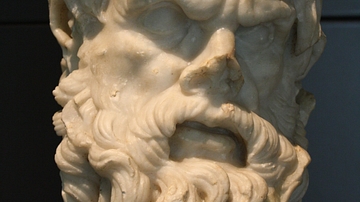
Image
Head of a Centaur
A marble head of a centaur, 1st century CE. Found in Rome near Piazza Vittorio Emmanuele. (Capitoline Museums, Rome)
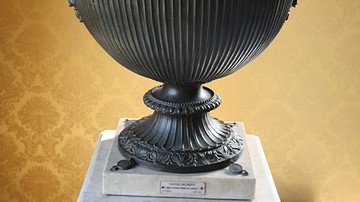
Image
Crater of Mithridates Eupator
The bronze vessel known as the Crater of Mithridates Eupator. Found in Nero's villa, Rome. The inscription on the vase records the name Mithridates VI, king of Pontus (163-120 BCE). The vase was taken to Rome as war booty by either Pompey...
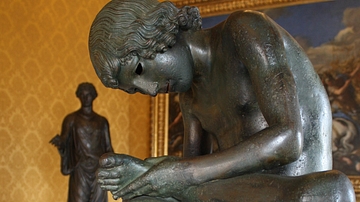
Image
The Spinario (Boy with Thorn)
The bronze statue known as the Spinario or Boy with Thorn. The child is in the act of removing a thorn from his foot. 1st century BCE. (The Capitoline Museums, Rome)
![Mausoleum of Augustus [Rear View]](https://www.worldhistory.org/img/c/p/360x202/4477.jpg?v=1618582532)
Image
Mausoleum of Augustus [Rear View]
The ruins of the Mausoleum of Augustus, Rome. Completed in 28 BCE, it was the largest tomb ever constructed in the Roman world.
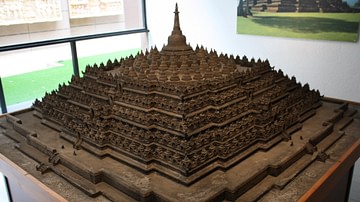
Image
Borobudur Model
A model of the Borobudur Buddhist temple in Java, Indonesia. The temple was built in the 8th century CE. (Vatican Museums, Rome)
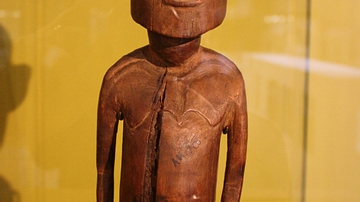
Image
Moai Tangata, Rapa Nui
Moai tangata, Rapa Nui (Easter Island). Wood, bone, and obsidian. Collected in 1892 CE. Height: 46 cm. (Vatican Museums, Rome)